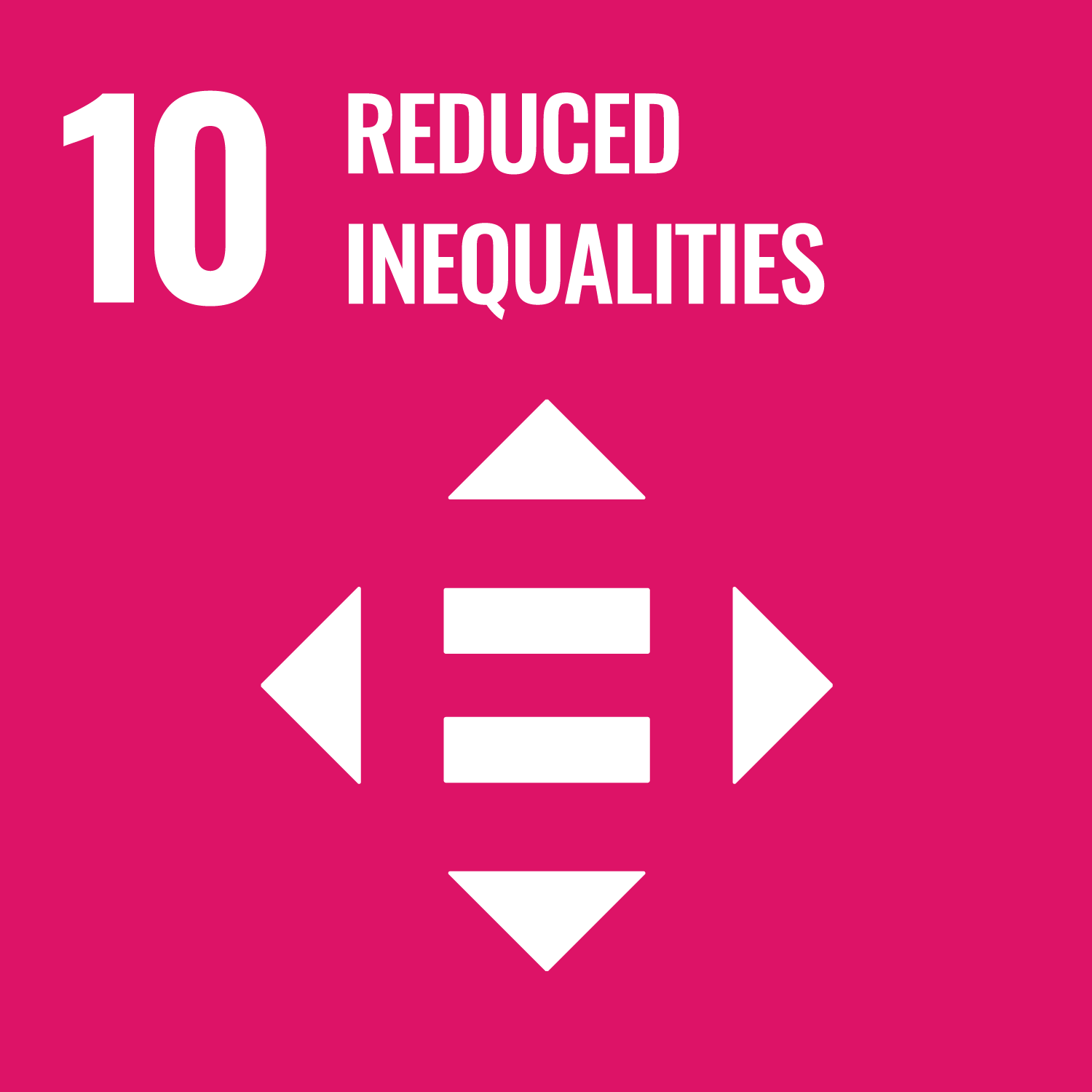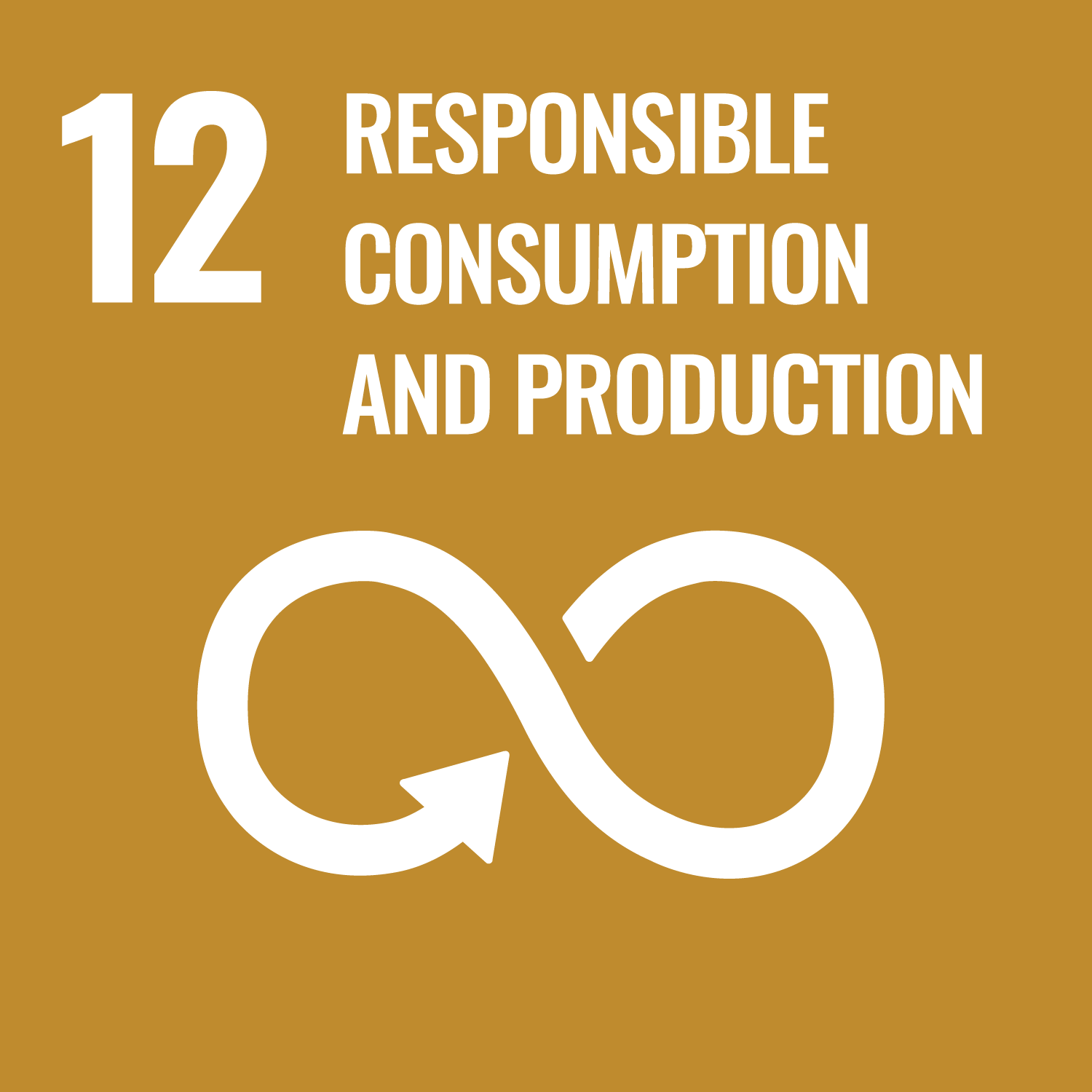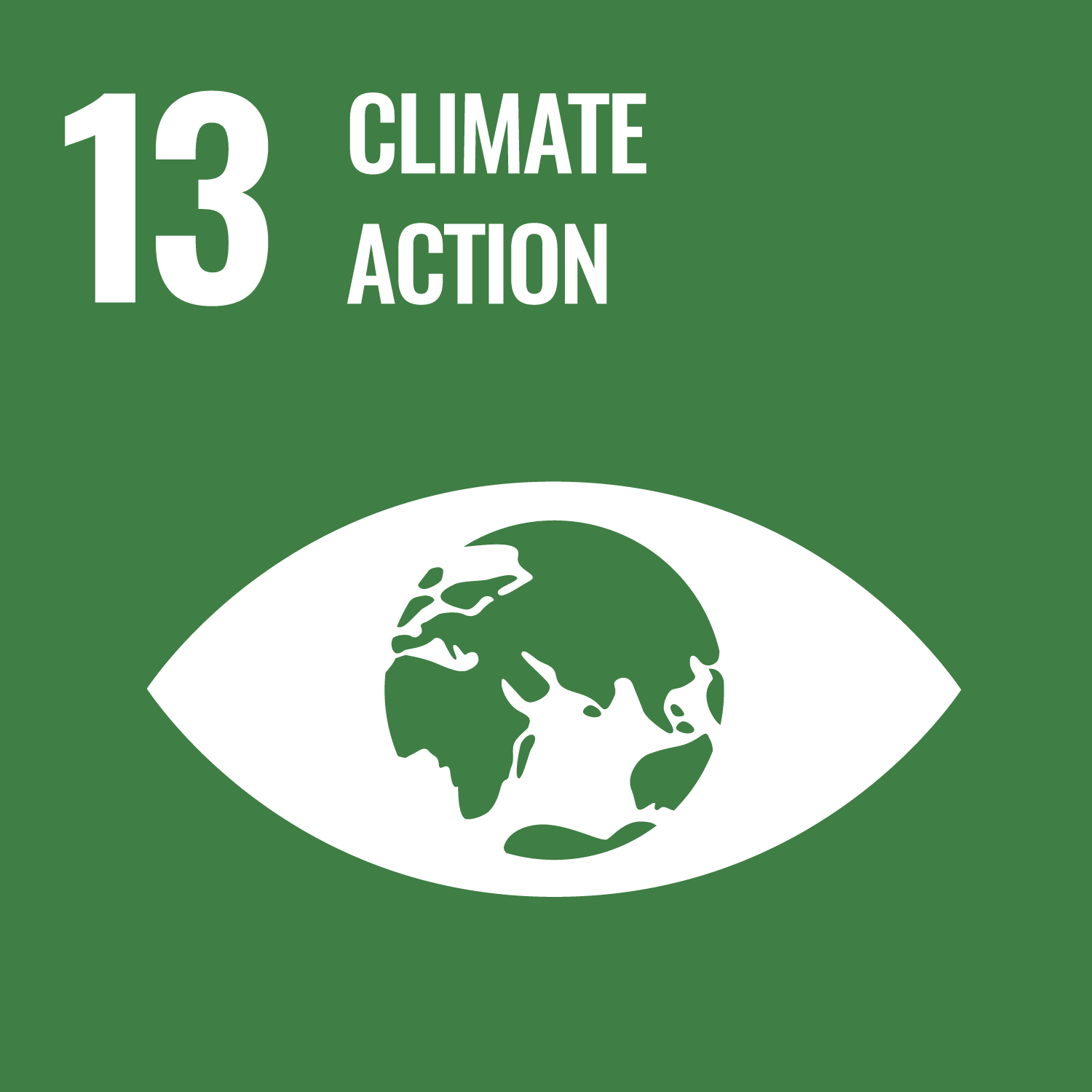2023 to 2024 Departmental Sustainable Development Strategy Report


Table of Contents
- Introduction to the 2023 to 2024 Departmental Sustainable Development Strategy Report
- Commitments for the Northern Pipeline Agency
- Integrating Sustainable Development
- Footnotes
Introduction to the 2023 to 2024 Departmental Sustainable Development Strategy Report
The 2022 to 2026 Federal Sustainable Development StrategyFootnote 1 (FSDS) presents the Government of Canada’s sustainable development goals and targets, as required by the Federal Sustainable Development ActFootnote 2. This is the first FSDS to be framed using the 17 Sustainable Development Goals (SDGs) of the United Nations 2030 Agenda and provides a balanced view of the environmental, social, and economic dimensions of sustainable development.
In keeping with the purpose of the Act, to make decision-making related to sustainable development more transparent and accountable to Parliament, the Northern Pipeline Agency (Agency) supports the goals laid out in the FSDS through the activities described in the Agency’s 2023 to 2027 Departmental Sustainable Development StrategyFootnote 3 (DSDS). This Report provides a report on progress related to the Agency’s DSDS in the fiscal year 2023 to 2024.
The Federal Sustainable Development Act also sets out 7 principlesFootnote 4 that must be considered in the development of the FSDS as well as DSDSs. These basic principles have been considered and incorporated in the Agency’s DSDS and 2023 to 2024 DSDS Report.
To promote coordinated action on sustainable development across the Government of Canada, the Agency’s departmental strategy reports on Canada’s progress towards implementing the 2030 Agenda and advancing the SDGs, supported by the Global Indicator Framework (GIF) and Canadian Indicator Framework (CIF) targets and indicators. The Report also now captures progress on SDG initiatives that fall outside the scope of the FSDS.
Commitments for the Northern Pipeline Agency
![]()
GOAL 10: ADVANCE RECONCILIATION WITH INDIGENOUS PEOPLES AND TAKE ACTION ON INEQUALITY
FSDS Context:
This Goal’s focus on addressing inequality and advancing reconciliation with First Nations, Inuit, and Métis communities draws inspiration from SDG Global Indicator Framework targets:
- 10.2: By 2030, empower and promote the social, economic and political inclusion of all, irrespective of age, sex, disability, race, ethnicity, origin, religion or economic or other status
- 10.3: Ensure equal opportunity and reduce inequalities of outcome, including by eliminating discriminatory laws, policies and practices and promoting appropriate legislation, policies and action in this regard
Reconciliation with Indigenous Peoples is essential to addressing social, economic and environmental inequalities and achieving substantive equality. Achieving reconciliation goes beyond closing these gaps. First Nations, Inuit and Métis communities hold inherent, unique and constitutionally protected Aboriginal and Treaty rights under section 35 of the Constitution Act, 1982Footnote 5. First Nations, Inuit and Métis communities must always be engaged in decisions about environmental management, infrastructure and natural resource development within their territories on a nation-to-nation, Inuit-Crown and government-to-government basis, and in keeping with negotiated treaties, agreements, and other constructive arrangements that recognize and implement Indigenous rights.
Target theme: Advancing reconciliation with First Nations, Inuit, and the Métis communities
Target: Between 2023 and 2026, and every year on an ongoing basis, develop and table annual progress reports on implementing the United Nations Declaration on the Rights of Indigenous Peoples ActFootnote 6
| Implementation Strategy | Departmental Action | Performance Indicator Starting Point Target | How the Departmental Action contributes to the FSDS Goal and Target and, where applicable, to Canada’s 2030 Agenda National Strategy and SDGs | Results achieved |
|---|---|---|---|---|
| Implement the United Nations Declaration on the Rights of Indigenous Peoples Act |
Provide Indigenous cultural competency training and/or training on the United Nations Declaration on the Rights of Indigenous PeoplesFootnote 7. Program: Oversee and regulate the planning and construction of the Canadian portion of the Alaska Highway Natural Gas Pipeline Project. |
Performance indicator: Percentage of staff who have completed internal or external Indigenous cultural competency training Starting point: Percentage of staff trained 0% in 2022-23 Target: 100% by March 31, 2024 |
Public servants are in a unique position to help build respectful relationships with Indigenous peoples in Canada. This action encourages public service employees to increase their cultural competency skills and awareness of issues facing First Nations, Inuit and Métis in Canada, and improve their knowledge of the United Nations Declaration the Rights of Indigenous People. Cultural competency training will provide Agency staff with the basic knowledge and historical perspective necessary to understand the importance of implementing the United Nations Declaration on the Rights of Indigenous Peoples Act to advance reconciliation. Relevant targets or ambitions: CIF Ambition: Canadians live free of discrimination and inequalities are reduced GIF Target 10.3: Ensure equal opportunity and reduce inequalities of outcome, including by eliminating discriminatory laws, policies and practices and promoting appropriate legislation, policies and action in this regard |
Indicator result: 100% of professional and management staff trained. Notes: Professional and management staff participated and successfully passed the Canada School of Public Service A Brief History of the Relationship Between Indigenous Peoples and the Government of Canada (IRA102-EN) course. In addition, Management attended three sessions offered by Natural Resources Canada’s Circle of Nations, where Indigenous elders offer insights on a variety of topics. |
![]()
GOAL 12: REDUCE WASTE AND TRANSITION TO ZERO-EMISSION VEHICLES
FSDS Context:
This Goal’s focus on reducing waste and transitioning to zero-emission vehicles directly supports SDG Global Indicator Framework targets:
- 12.3: By 2030, halve per capita global food waste at the retail and consumer levels and reduce food losses along production and supply chains, including post-harvest losses
- 12.4: By 2020, achieve the environmentally sound management of chemicals and all wastes throughout their life cycle, in accordance with agreed international frameworks, and significantly reduce their release to air, water and soil in order to minimize their adverse impacts on human health and the environment
- 12.5: By 2030, substantially reduce waste generation through prevention, reduction, recycling and reuse
- 12.7: Promote public procurement practices that are sustainable, in accordance with national policies and priorities
By transitioning to a cleaner and more circular economy that prioritizes reducing consumption and waste generation, reusing the resources already extracted, and finding processes and technologies that take a holistic systems-based approach to minimizing waste throughout the economy, we can help reduce negative impacts on the environment.
Target theme: Federal Leadership on Responsible Consumption
Target: The Government of Canada’s procurement of goods and services will be net-zero emissions by 2050, to aid the transition to a net-zero, circular economy
| Implementation Strategy | Departmental Action | Performance Indicator Starting Point Target | How the Departmental Action contributes to the FSDS Goal and Target and, where applicable, to Canada’s 2030 Agenda National Strategy and SDGs | Results achieved |
|---|---|---|---|---|
| Strengthen green procurement criteria |
Ensure all procurement and materiel management specialists are trained in green procurement (such as, the Canada School of Public Service course on green procurement, or equivalent) within one year of being identified Program: Internal Services |
Performance indicator: Percentage of procurement and materiel management specialists trained in green procurement within one year of being identified Starting point: Percentage of staff trained Target: 100% of procurement officers and material management specialists receive training within one year of being identified. |
Green procurement incorporates environmental considerations into purchasing decisions and is expected to motivate suppliers to reduce the environmental impact of the goods and services they deliver, and their supply chains. Relevant targets or ambitions: CIF Ambition: Canadians consume in a sustainable manner CIF Indicator 12.2.1: Proportion of businesses that adopted selected environmental protection activities and management practices GIF Target 12.7: Promote public procurement practices that are sustainable, in accordance with national policies and priorities. |
Indicator result: 100% of management received training. Notes: The Agency did not employ any procurement officers or material management specialists during the reporting period. Management participated and successfully passed the Canada School of Public Service Green Procurement (COR405-EN) course. |
![]()
GOAL 13: TAKE ACTION ON CLIMATE CHANGE AND ITS IMPACTS
FSDS Context:
Taking action on climate change by reducing emissions of greenhouse gases and short-lived climate pollutants and building resilience directly supports SDG Global Indicator Framework targets:
- 13.1: Strengthen resilience and adaptive capacity to climate-related hazards and natural disasters in all countries
- 13.2: Integrate climate change measures into national policies, strategies and planning
- 13.3: Improve education, awareness-raising and human and institutional capacity on climate change mitigation, adaptation, impact reduction and early warning
The effects of human-caused climate change are being felt across our country, and particularly in the Canadian north.
Climate change threatens ecosystems and affects the health of Canadians, especially the most at-risk populations such as youth, seniors, and Indigenous populations.
Target theme: Federal Leadership on Greenhouse Gas Emissions Reductions and Climate Resilience
Target: The Government of Canada will transition to net-zero carbon operations for facilities and conventional fleets by 2050
| Implementation Strategy | Departmental Action | Performance Indicator Starting Point Target | How the Departmental Action contributes to the FSDS Goal and Target and, where applicable, to Canada’s 2030 Agenda National Strategy and SDGs | Results achieved |
|---|---|---|---|---|
| Implement the Greening Government Strategy through measures that reduce greenhouse gas emissions, improve climate resilience, and green the government’s overall operations |
Ensure all relevant employees are trained on assessing climate change impacts, undertaking climate change risk assessments, and developing adaptation actions within one year of being identified Program: Internal Services |
Performance indicator: Percentage of relevant employees trained on assessing climate change impacts, undertaking climate change risk assessments, and developing adaptation actions within one year of being identified Starting point: Percentage of staff trained Target: 100% trained by March 31, 2024 |
Trained staff can identify risk to critical program delivery and develop responses to increase the resilience of operations to impacts of climate change. Relevant targets or ambitions: CIF Ambition / Target 13.3: Canadians are well-equipped and resilient to face the effects of Climate change GIF Target 13.3: Improve education, awareness-raising and human and institutional capacity on climate change mitigation, adaptation, impact reduction and early warning |
Indicator result: 100% of professional and management staff trained. Notes: Staff participated and successfully passed the Canada School of Public Service Adapting to Changing Climate in Canada (CHC103-EN) course. The Agency did not employ any relevant climate change specialists during the reporting period. |

Integrating Sustainable Development
The Northern Pipeline Agency will continue to ensure that its decision-making process includes consideration of FSDS goals and targets through its Strategic Environmental Assessment (SEA) process. An SEA for a policy, plan or program proposal includes an analysis of the impacts of the given proposal on the environment, including on relevant FSDS goals and targets.
Public statements on the results of the Agency’s assessments are made public when an initiative has undergone a detailed SEA (see hereFootnote 8). The purpose of the public statement is to demonstrate that the environmental effects, including the impacts on achieving the FSDS goals and targets, of the approved policy, plan or program have been considered during proposal development and decision making.
The Agency did not complete any detailed SEAs in 2023-24.
Page details
- Date modified:


